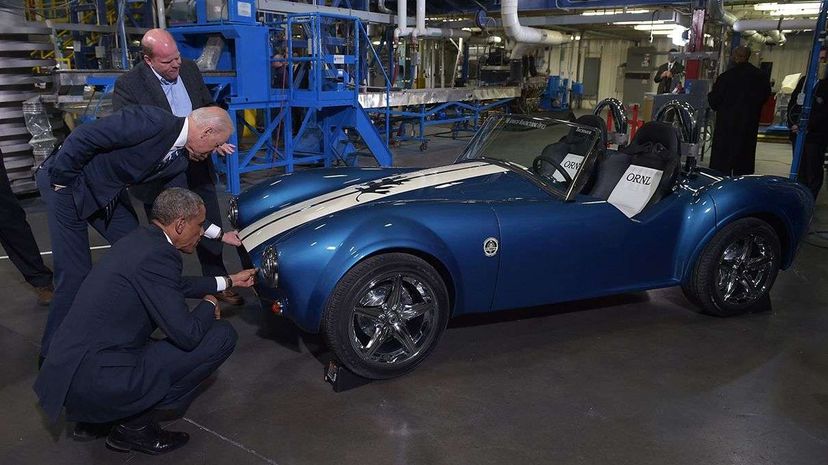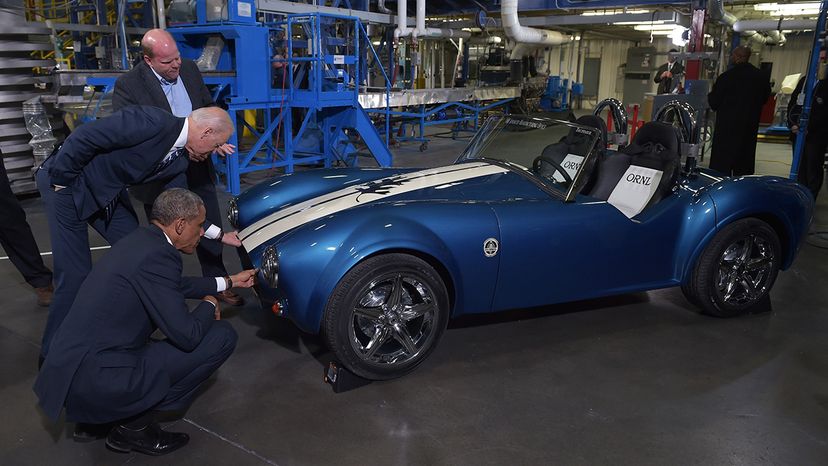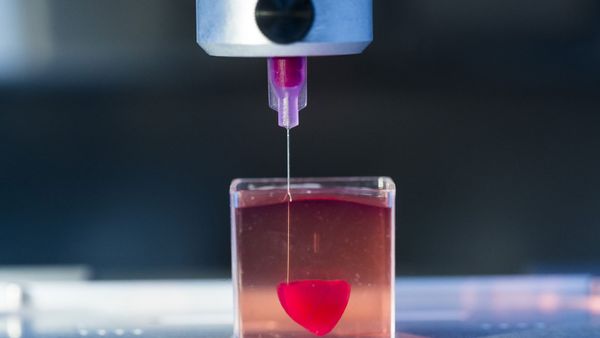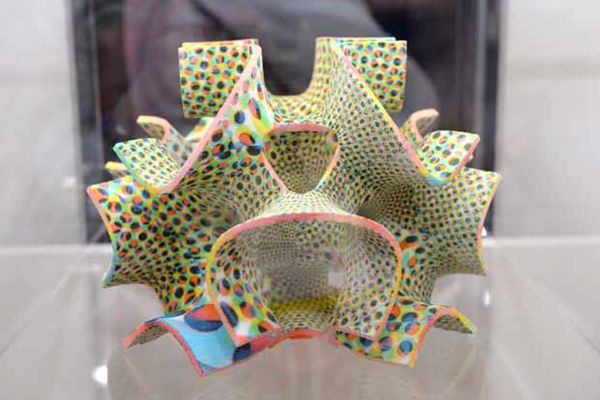
When you imagine a car being printed by something called the Big Area Additive Machine at the Department of Energy's Oak Ridge National Laboratory (ORNL), you might picture a giant platform with the printer head hovering above. Maybe you imagine that some (possibly mad) genius in a lab coat and goggles loads a space-age material into the printer, and that printer starts laying down a car, layer by layer, beginning with the bottom of the tires and working up to the roof.
It's not quite like that, of course. As cool as that would be, the current way the U.S. government can 3-D print a car is actually cooler. Unlike the little 3-D printer you might have in your office, the BAAM, as the machine is known, can create parts larger than a cubic meter.
Advertisement
In early 2015, the DOE printed up a Shelby Cobra for the North American International Auto Show. It started by creating created the parts — totaling 500 pounds (227 kilograms) — out of a composite material made of 20 percent carbon fiber. It took six weeks to design the car and about 24 total hours of printing to create the component parts, while the Class A automotive finish was provided by TruDesign. That car's main task, at first, was to look pretty in Detroit. (It did!)

The lab's previous project was a collaboration with Local Motors, a company pioneering cars designed and driven by owners. Local Motors used the BAAM to live print its Strati car in front of 100,000 people for the International Manufacturing Technology Show in September 2014 (pictured below).
The printing took 44 hours (the BAAM has since had a few upgrades that made the Shelby printing go faster) and then the Local Motors team assembled the car and drove it around Chicago.
In May 2015, ORNL got an upgraded BAAM that's three times bigger than the machine that printed the Shelby, according to Brian Post, who's with the manufacturing systems research group at ORNL. It can print parts up 8 feet (2.4 meters) wide, 20 feet (6.1 meters) long, and 6 feet (1.8 meters) high. Its upgraded extruder can handle 70 pounds (32 kilograms) of material per hour.
“When we printed the Strati, the machine could handle 30 pounds (14 kilograms) per hour and it took two days,” Post tells HowStuffWorks. “We could do it now in under a day.” The Shelby would take maybe half a day with the new BAAM, he adds, and they're working with materials made of up to 40 percent carbon fiber.
So why is the government 3-D printing cars? Post says that the ORNL is in the game for the research, and to find out what it might learn. The lab develops the platform and the ability, then works with private partners like Local Motors, TruDesign and others to finish “that last 10 percent,” as Post puts it.
Advertisement

